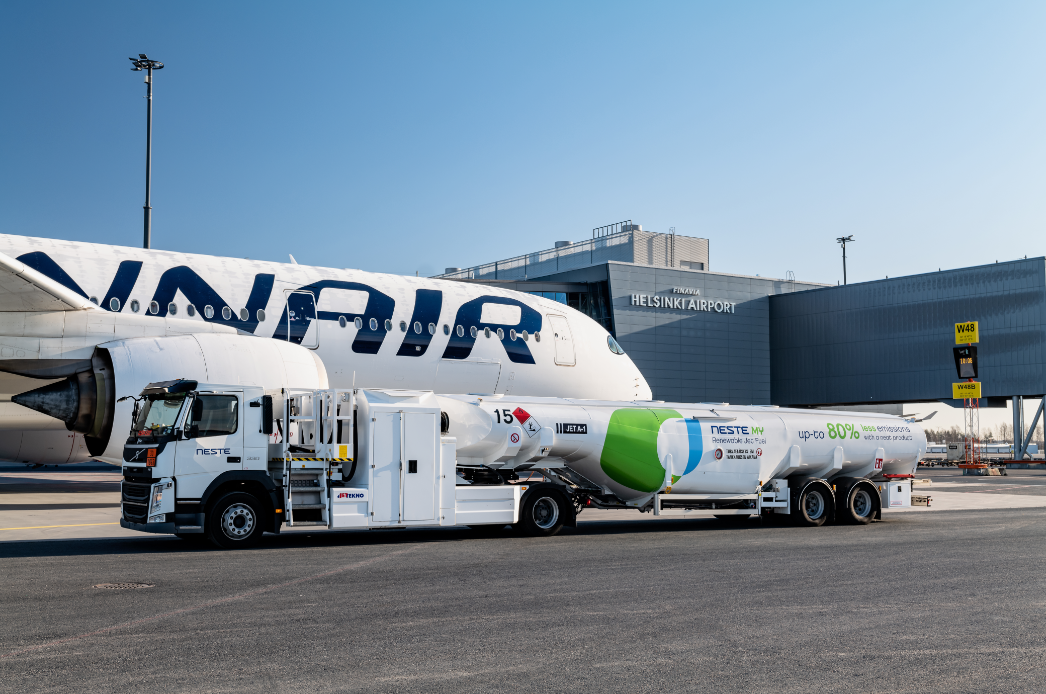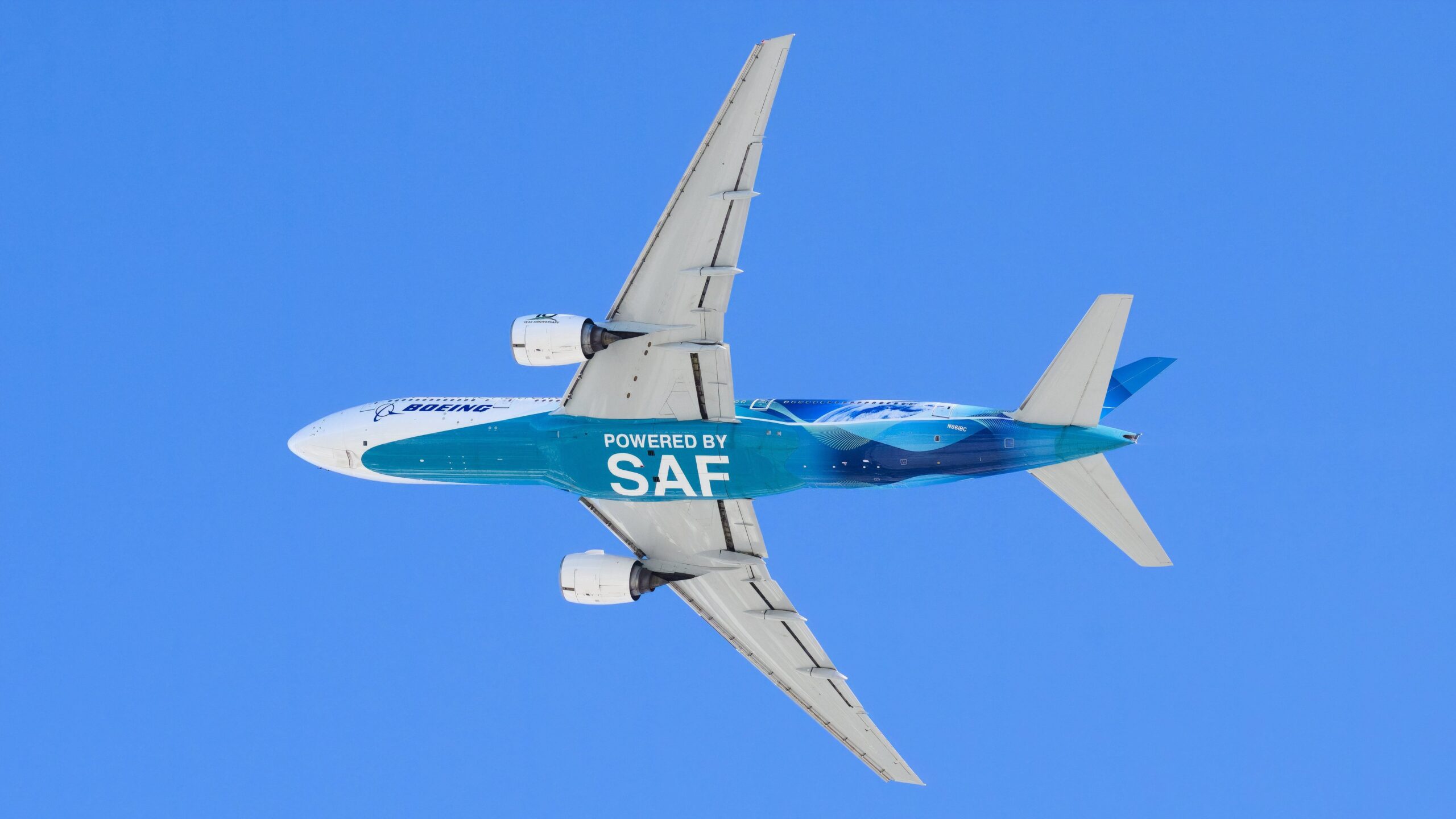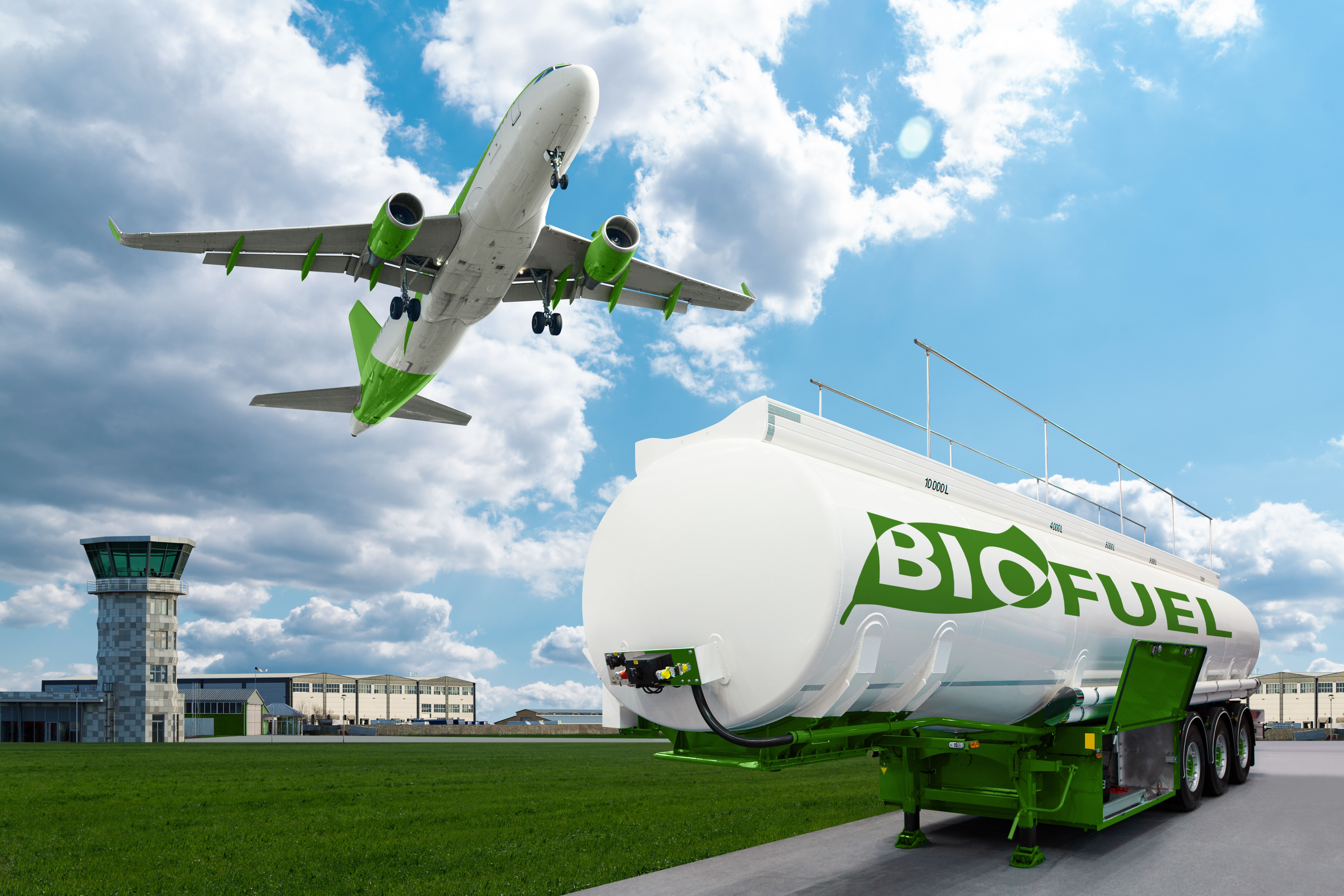Summary
- Boeing’s sustainability executive recently spoke about the company’s vision for SAF.
- Challenges in SAF production were discussed, focusing on cost, processes, and scaling up for widespread use.
- Boeing is working with stakeholders to increase SAF production, convening several industry players for the cause.
At a recent media interaction, Jim Hileman, Vice President and Chief Engineer, Sustainability and Future Mobility at Boeing, spoke at length about Boeing’s efforts to decarbonize aviation. Among the topics discussed were sustainable aviation fuel (SAF) and the challenges of scaling up its production.
Challenges for 100% SAF flights
Hileman spoke with journalists recently about the aviation industry and Boeing’s attempts to build more sustainable products to achieve the ultimate goal of net-zero aviation in the coming decades.
He highlighted how SAF plays a key role in that vision and how it allows them to bring about change with the current aircraft in production. He explained that the aircraft are built and certified around the jet fuel they consume and went on to say that sustainable aviation fuel allows plane makers to decarbonize with the fleet that are currently in production, as opposed to creating an entirely new concept of airplanes.
Hileman also spoke about 100% SAF flights and said that Boeing has flown aircraft in the past with 100% SAF, citing examples of FedEx and Virgin Atlantic flights. But he said that several challenges remain in SAF production on a large scale.
He explained the process and chemistry behind the production of SAF, including the process of getting the renewable fuel through a distillation column, all the hurdles in between, and the enormous costs involved. These are some of the challenges that Boeing and others are currently facing and trying to overcome.
What is Boeing doing to increase SAF production?
Simple Flying’s Jonathan Hendry was among the journalists present at the discussion and asked what Boeing was doing to increase the production of SAF. To this, Hileman replied that Boeing has brought people together and is working with various stakeholders to increase SAF production. He added,
“With Boeing, we have a certain ability to convene people, we have the convening power, we have the ability to bring people together. And we’ve actually been doing that over time … We’d like to use the example with Australia, working with the government with CSIRO to develop roadmaps.
“We’ve now partnered with Wagner group on sustainable aviation fuel production, and we’re looking for others to partner with, wherein we might be able to bring in a fuel buyer or an airline … identify the local constraints, bring in a local government and bring our knowledge to power to get these right people together, such that even if we never buy the fuel ourselves, we were instrumental in getting people together to make it happen.”
Photo: Scharfsinn | Shutterstock
Long road ahead
Even as Boeing and other aerospace companies work to make SAF more mainstream, the road leading to that seems long. IATA says that SAF production will reach 0.53% of aviation’s 2024 fuel usage.

Related
IATA Says SAF Production Will Reach 0.53% of Aviation 2024 Fuel Usage
IATA believes that with some incentives and the right policy settings, enough SAF will be available for airlines to meet their 2030 targets.
The International Airlines Group (IAG) has invested $1 billion in SAF, much of it in future commitments based on assumed energy prices. It aims to use 10% of SAF in flights by 2030 but warned that could lead to an increase in flight tickets.
Still, airlines around the world are not deterred and are forming partnerships and rethinking operating procedures to accommodate SAF in future flights.


